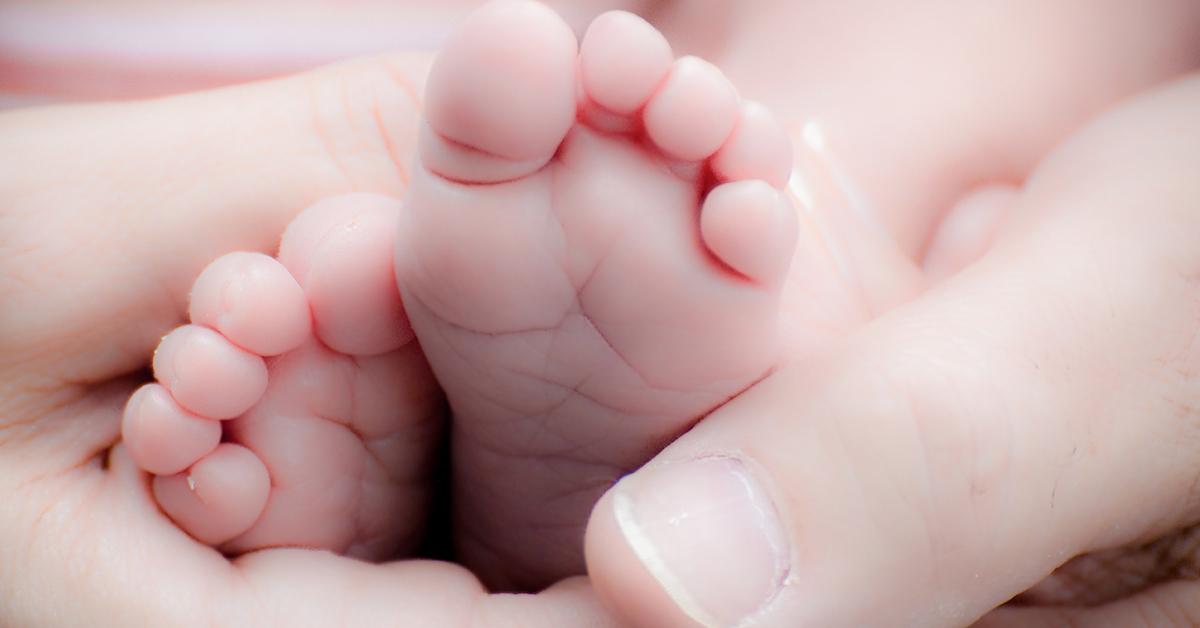
What is Congenital Club Foot?
A congenital defect refers to a defect that is present from birth. A clubfoot refers to an abnormality in the arrangement of the bones in the feet resulting in it looking like a club. A congenital clubfoot is a defect that is seen at birth.
The deformity is characterized by inward rotation of the foot in a manner that the under surface of the feet face each other. The arch of the foot is elevated more than usual, the ankle is twisted and the forefoot is pulled downwards and towards each other.
What causes Congenital Club Foot?
There do not appear to be any clear causes for congenital clubfoot. Some say it is related to alcohol intake during pregnancy or even drug use. There is evidence to suggest that it may have a genetic cause.
Symptoms and Diagnosis
There are no particular symptoms as such but on examination, babies have a small foot, shortened tibia and inward rotation of the foot. The foot lacks a full range of movement and may be quite stiff at the ankle joint. One calf muscle may appear shorter than the other one.
X-rays are the best diagnostic test to assess the deformity in full. Different views are required to do so. There is an abnormality clearly evident between the talus and the calcaneum bone with a reduction in the ankle at which these two are placed against each other.
How is Congenital Club Foot treated?
Treatment should be instigated sooner rather than later. In some cases, medical treatment may help and a series of exercises along with serial manipulation and plaster cast application can help gently restore the normal position of the foot. This technique is called the Ponseti method.
In case the above technique fails, surgery may be offered to fix the deformity. The procedure primarily involves releasing the tight tissues and tendons allowing them to lengthen naturally. The procedure is usually performed when the child is around 10 months old. However, these days the Ponseti method seems to have a good success rate and is the treatment of choice.
With the above treatments, there is always a small chance that there is a residual deformity in the foot. With the help of physical therapy, children will be able to manage independently at home.

